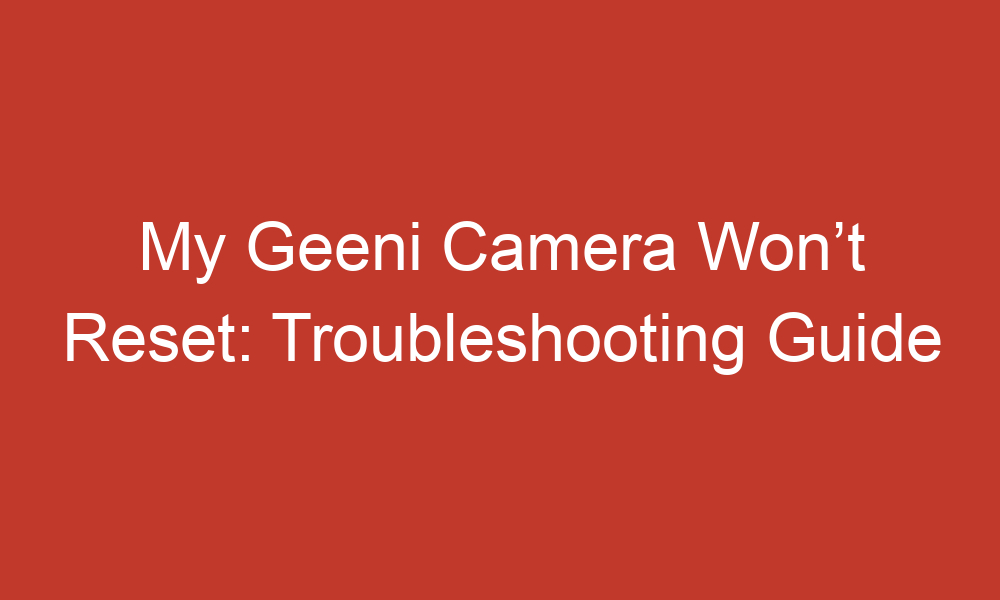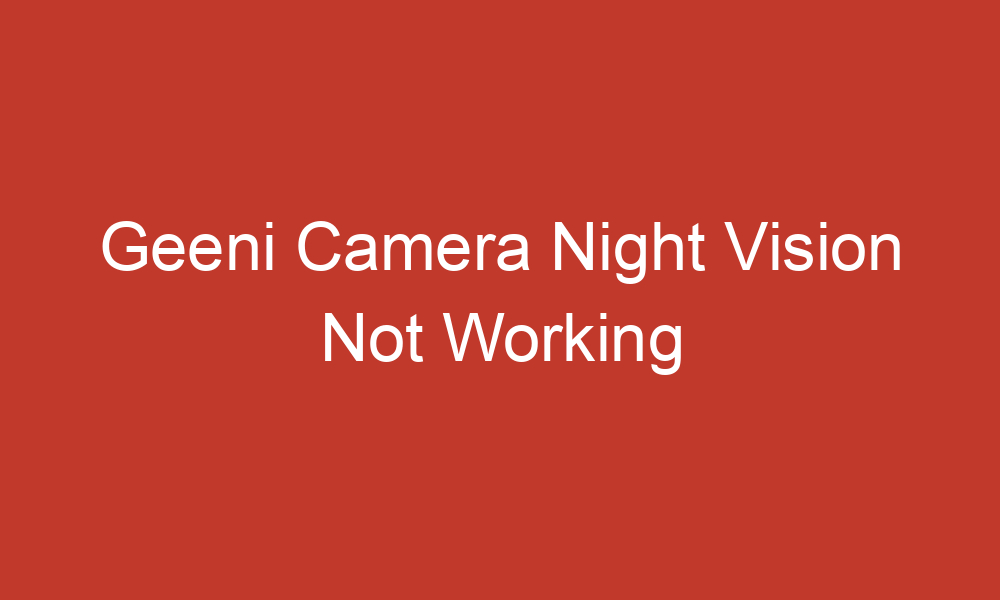Explore. Capture. Create.


Popular Categories
Feel Free To Browse Through.
How to Install Ring Floodlight Cam
Ring Floodlight Cam is a security camera that comes with two powerful floodlights that illuminate the…
How to Fix Ring Floodlight Flashing
Ring floodlights are a popular choice for home security systems. However, like any electronic device, they…
How to Remove Blink Mini Camera From Mount
The Blink Mini camera is a compact and versatile indoor security device that can be easily…
How to Mount Blink Outdoor 4 Camera
If you have recently purchased a Blink Outdoor 4 camera, you may be wondering how to…
My Geeni Camera Won’t Reset: Troubleshooting Guide
If you’re experiencing difficulty resetting your Geeni camera, there are several methods you can try to…
How to Factory Reset Geeni Camera
Geeni cameras can be factory reset using the reset button on the camera or through the…
Troubleshooting “Geeni Camera Speaker Not Working”
Smart home technology has revolutionized the way we secure and monitor our homes. Geeni, a brand…
Geeni Camera Night Vision Not Working
Smart home technology has revolutionized home security, with Geeni cameras offering advanced features such as night…
My Geeni Camera Not Recording
If you are having trouble with your Geeni camera not recording, there are several troubleshooting steps…









